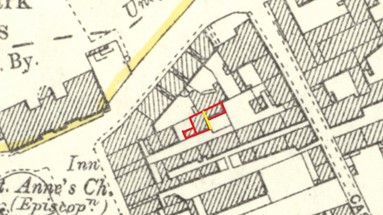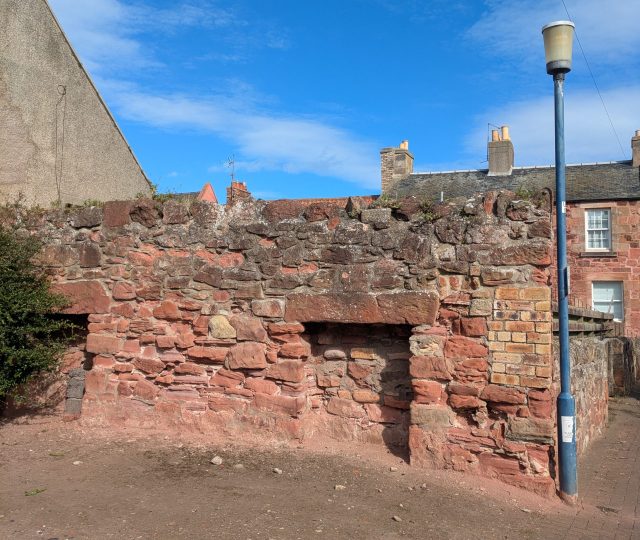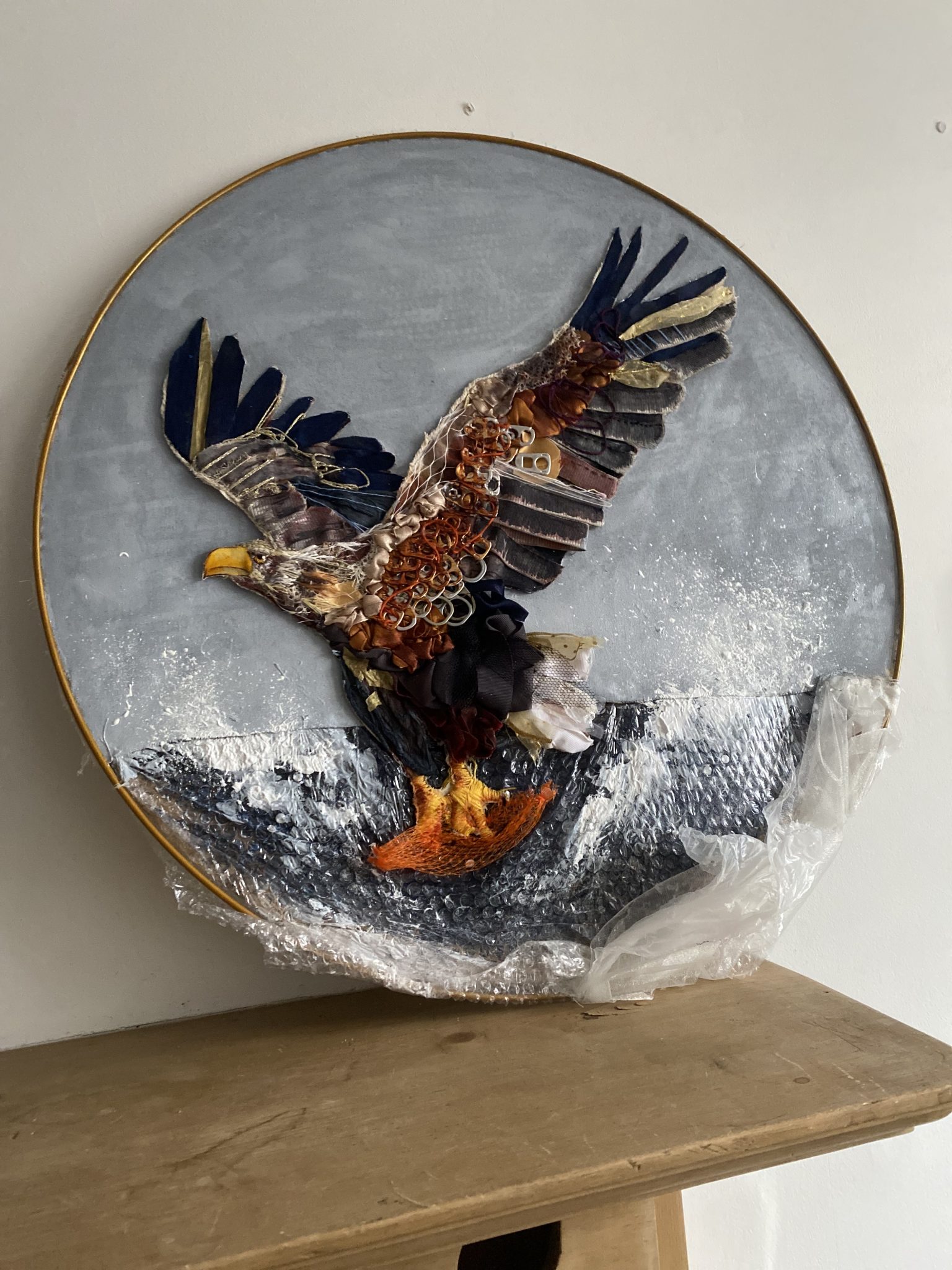
Deadline: 2nd December 2025
John Muir’s Birthplace would like to invite exhibitors from across the UK to be part of a ‘Climate Call to Action.’
Combining the best in visual art with a passion for the environment, John Muir’s Birthplace plans to hold a series of exhibitions from April 2026 to March 2027 that encourages climate action.
We welcome entries from amateurs or professionals working across a diversity of art forms, including artists, photographers, makers, crafters and community groups.


Interested? Find out more below!
If you are reading this and wondering if it is for you, please do read on – and if you have any questions or need some assistance with your application, please contact the Museums Service team on museumseast@eastlothian.gov.uk.
What the exhibition opportunity provides:
The selected artists will receive exhibition space at John Muir’s Birthplace for up to 1-3 months (including installation and takedown time) in the temporary exhibition space to the rear of the museum with just over 10 metres of linear wall space, a case and optional use of the ceiling mounted projector.
In addition to the space each artist will also receive:
Please note that access to the building outside of opening hours for a reception or event can be arranged but this will incur room hire costs to cover staffing and running costs.
In return the artists agree to:
A floor plan of the space can be found at the end of this post.
Who this opportunity is for:
The exhibition space is available for artists and crafters who:
We are committed to increasing the diversity of artists working in our sector and especially welcome applications from those who identify as having characteristics currently under-represented in visual art and crafts in Scotland.
How to apply:
To apply artists are invited to submit the following items by email to museumseast@eastlothian.gov.uk:
This statement should be no more than 500 words / 4 minutes and can be submitted in a written form or as a video/audio recording. Please note that your grammar or spelling/quality of your filming will not be judged – we want to hear about your ideas!
These images should be provided as a jpeg, or saved in a Word file or PDF and attached to the email.
Please give an indication of which months you could be available.
Timeline:
Selection Criteria:
All submissions will be read by Kate Maynard, Team Manager Museums, Jo Moulin, Museums Officer (Promotions) and Eleanor Affleck, Visitor Services Officer all from East Lothian Council Museums Service. The panel will base their decision on a range of factors including:
Have any questions or need some assistance with your application?
Our team is here to help!
Please also contact us if you require this information in an alternative format or have access requirements, we need to meet to support you in making an application. museumseast@eastlothian.gov.uk.

We finally know exact location of John Muir’s first school! Read all about how this discovery came about in this research article by the fantastic David Anderson.
Even before John Muir’s Birthplace Museum opened in 2003, we had a bit of a puzzle that wasn’t then solved. John Muir himself recalled that his first school was near ‘the Dawell Brae’ (all quotes from The Story of My Boyhood and Youth unless otherwise specified). But although we knew Dawell Brae is now Victoria Street, try as we might we couldn’t firm up an exact location for the school. Apart from the Methodist Chapel on the corner of Victoria Street and Castle Street, every nearby building standing today is younger than the Muir period! Or so we then thought.
To set the scene, John Muir attended two schools in Dunbar before the family emigrated to Wisconsin in 1849. At the age of ‘seven or eight‘ John left the first to become a student at the Burgh School under ‘Mr. Lyon, our able teacher and thrasher … when for every mistake, everything short of perfection, the taws was promptly applied. We had to get three lessons every day in Latin, three in French, and as many in English, besides spelling, history, arithmetic, and geography. Word lessons in particular, the wouldst-couldst-shouldst-have-loved kind, were kept up, with much warlike thrashing’. The ethos of the two was significantly different, as John noted. Whereas the second was marked by heavy application of the tawse (a leather strap), John remembered his first teacher as ‘auld Mungo Siddons … the good dominie’ who was with free with the ‘gooseberries or currants’ from his garden.
But where was the dratted place! Part of the problem lies with the teacher himself. Mungo Suddon (his given name) is well recorded in Dunbar but never owned property and never held a post at the official burgh schools. Instead he was a freelance teacher, running his own preparatory, or infant, school, drilling fee-paying pupils in the 3Rs before they attended the ‘official’ Burgh Grammar or Mathematical Schools. There were several such teachers in Dunbar at the time operating from family homes or rented rooms. These schools tended to be of short duration and sometimes peripatetic. Hard to trace!
In later years Mungo gave up teaching and sustained himself with a number of clerical posts, frequently boarding with his sisters-in-law after he was widowed; as time went on he had a bigger presence in the records, particularly as the secretary and treasurer of the Dunbar Mutual Assistance & Savings Society (which lasted until the 1980s by which time the formal name had been forgotten & it was simply ‘the Siddons Society’ to one and all)!
But where was his school? Glimmers of the answer came via another query which came with a will of 1838*. The will mentioned:
‘that large dwelling House consisting of three stories and Garrets above the same lying in the east side of the High Street of the Burgh of Dunbar’ … ‘together with the west half of all and whole that small piece of ground or area in front of said dwelling house’; further detail defines the building marked in red on the plan below. In 1838 ‘Mr Suddon’ owed £2 10/- in rent to his deceased landlady’s estate, the greatest amount due of the five named tenants. This building, then, housed Mungo’s then apartments and schoolroom. It is close to the Dawell Brae – the exit was to the east (right hand side) where John and his schoolmates would take a left turn in Church Street and another left turn at the Dawell Brae junction to head up to the welcoming lights of the High Street. All that survives today is the lower part of the wall marked in yellow.

Mungo Suddon’s school was housed in part of the building outlined in red.

All that survives of the building that contained John Muir’s first school.
*Scotlandspeople: 1838 Millar, Jean Mrs (Wills and testaments Reference SC40/40/4, S Haddington Sheriff Court)
We’ve got an exciting programme of events lined up to celebrate John Muir’s birthday month.
Firstly, there will be a new exhibition from East Lothian Climate Hub opening on Wednesday 23rd April.
Planning on visiting us on Wednesday 12th March? We’ll be open as usual with pedestrian access but please be aware that the road outside the museum will be closed for most of the day. More information can be found here: https://tellmescotland.gov.uk/tellmescot/pages/notices/detail?uuid=07a12d3a-fddc-3e81-b5b2-c4c710fc75b3.


Due to the red weather warning issued by the Met Office for Friday 24th January 2025, John Muir’s Birthplace will be closed on essential safety grounds.
Please contact 01620 827827 if you have an urgent enquiry.
We will reopen at 10am on Saturday 25th January (weather permitting). Take care out there everyone!
For further information/latest updates on local impacts, see the East Lothian Council website: https://orlo.uk/c0xy0.
